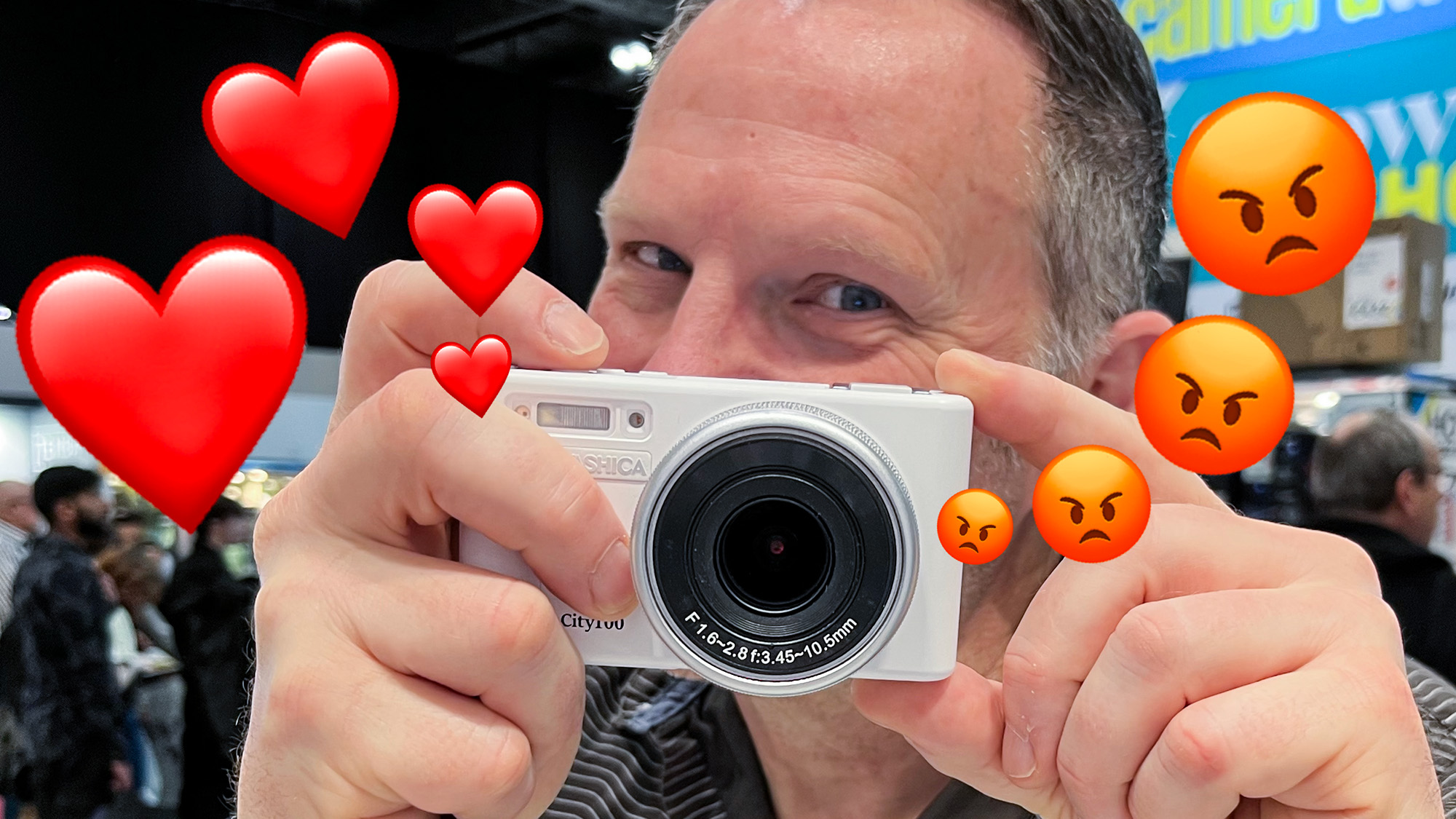Five quick questions with pro fashion photographer Ki Price
This top fashion and portrait photographer will be giving two talks at The Photography Show, on 20 and 21 September
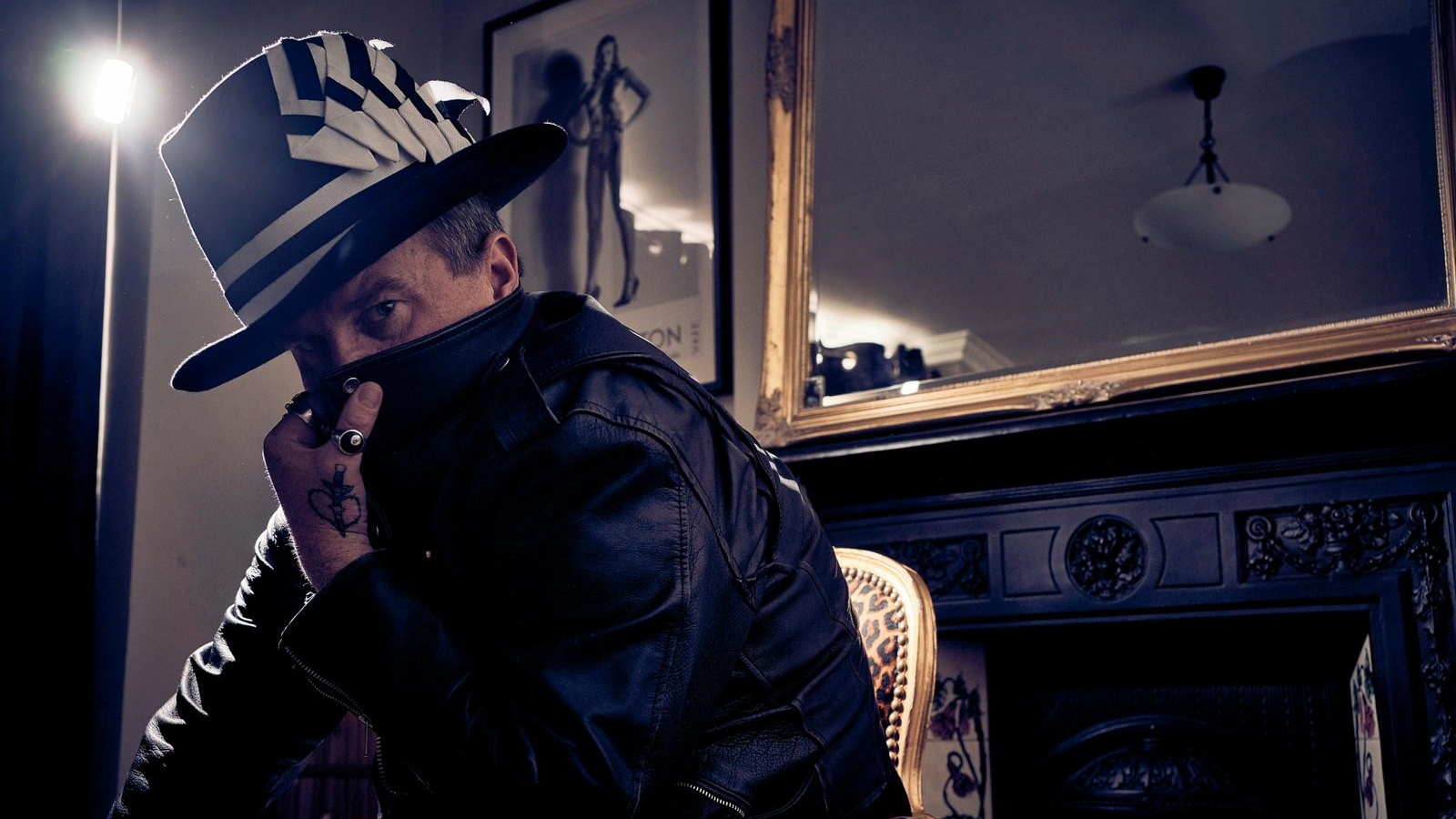
UK-based fashion and portrait photographer Ki Price turned his hand to fashion and celebrity portraits after a lengthy period shooting current affairs. Inspired by mid-twentieth century realism and innovative, iconic fashion photographers, Ki honed his craft and his meticulous attention to detail took his work to another level.
Having shot for Vivienne Westwood and other fashion brands for many years, Ki is known for bringing an “alternative” style and ideas to his imagery. Ki will be speaking at The Photography Show & The Video Show Virtual Festival which takes place on 20-21 September. The two-day event will have over 100 free talks online.
Ki’s talks are at 2.20pm BST (09.20am EDT) on Sunday 20 September, and at 3.25pm (10.25am EDT) on Monday 21 September.
• Register for the free festival now
In the meantime, find out more about Ki and his career to date as he answers five quick questions ahead of his appearances at the event…
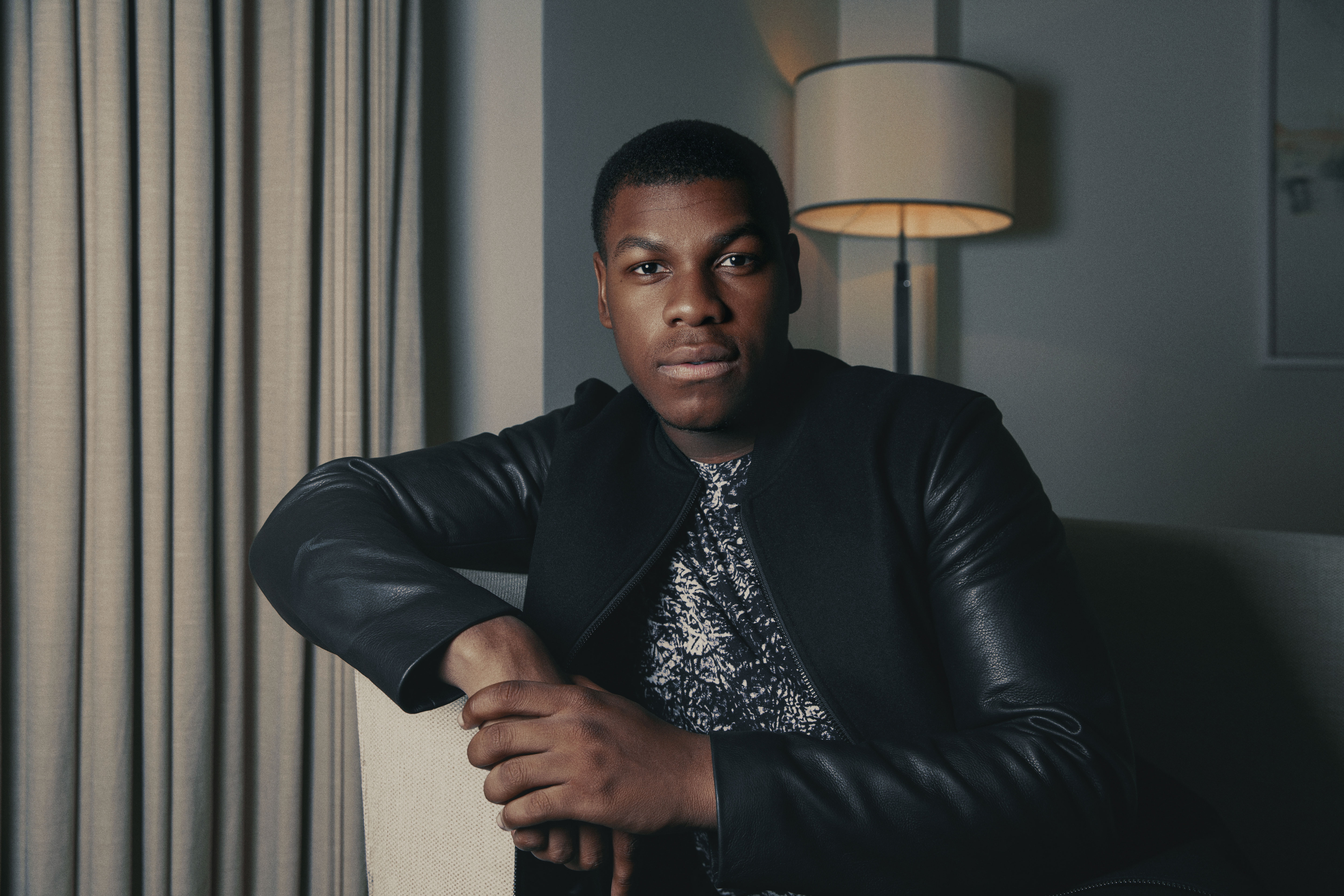
Five quick questions with Ki Price
1. With photographers around the world shooting such a diversity of images, what does ‘alternative style’ mean to you, and how do you achieve it?
I want people to have a good experience when I’m photographing them, and that’s what brings in an alternative style. I know when I see a photo by Annie Liebovitz or Nick Knight that it’s one of their images… I’m not as well known as them, but at the same time I’m massively interested in subcultures and I think that comes across in my imagery.
How I achieve an alternative style is by making people relaxed on set. I’ve found that the best thing is to bring a Bluetooth speaker to the shoot. You'll see someone tapping a foot, being reminded of an album they used to listen to when they were younger – they soon start to relax.
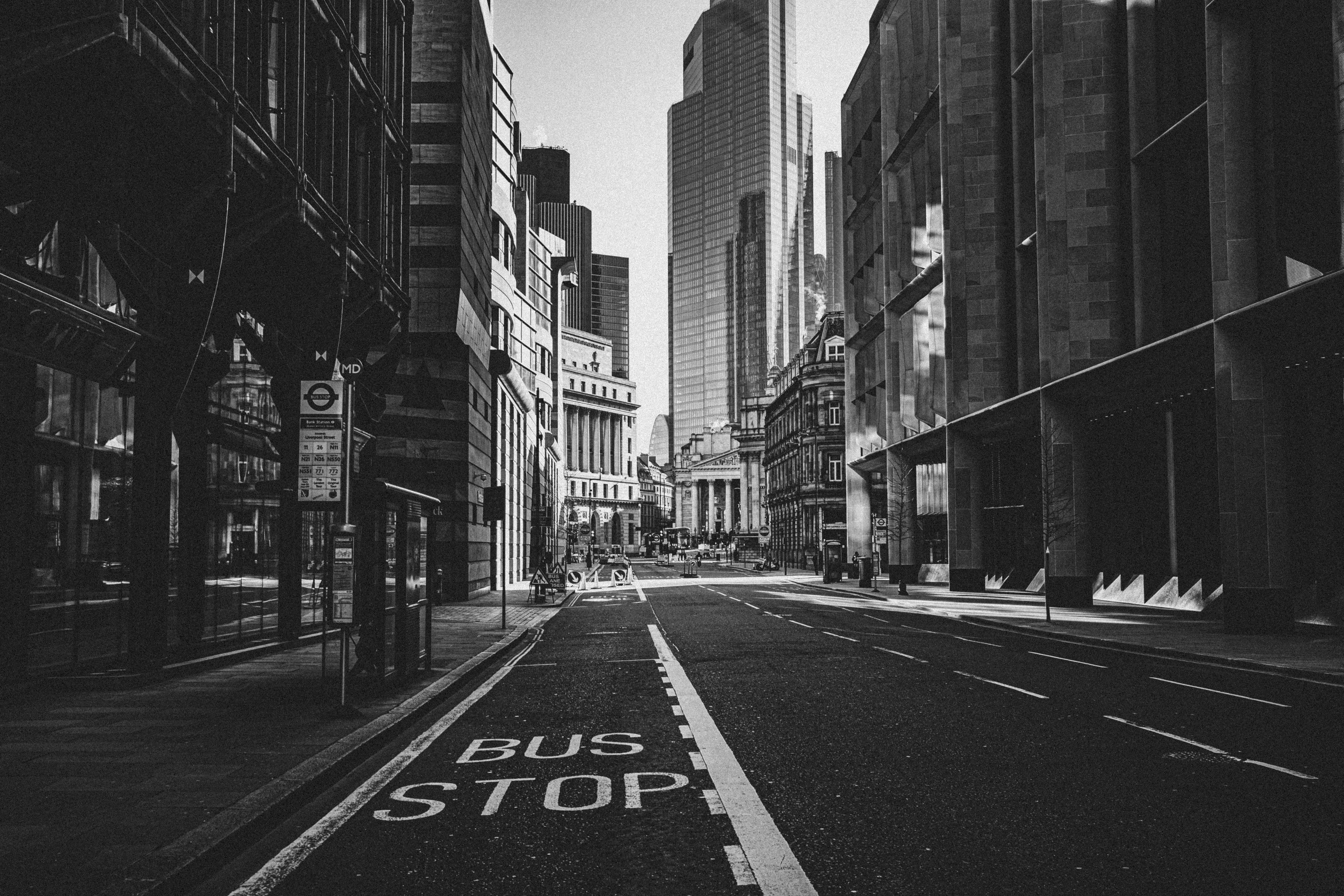
2. One of your talks will cover London in lockdown – a strange time for anyone living in the city. What was photographing the empty streets like?
I felt that I was going to get busted while doing it, even though I’m a press card holder. But these events needed to be recorded; going forward, they're going to become a big part of our history.
Depending on which channel you were watching, what the media was portraying was very conflicting. So when I went to shoot in London I had one lens – with another one in my pocket – a tiny tripod, which I don’t normally use, and I told myself that I needed to be quick.
I had no idea what to expect because I live outside London in the home counties, and while the TV news was showing hospital staff under pressure, when you’re out walking the dogs where I live it’s business as usual, although people are social distancing.
So London was very eerie and very apocalyptic, and that’s why I put the images in black and white. There was no-one around, it was very strange to be in the City of London at 8.30am and nobody else being there, apart from the occasional street cleaner.
Everybody was obeying the lockdown restrictions. It reminded me of what I’d heard about Londoners in the Blitz in WW2 – united and sticking together.
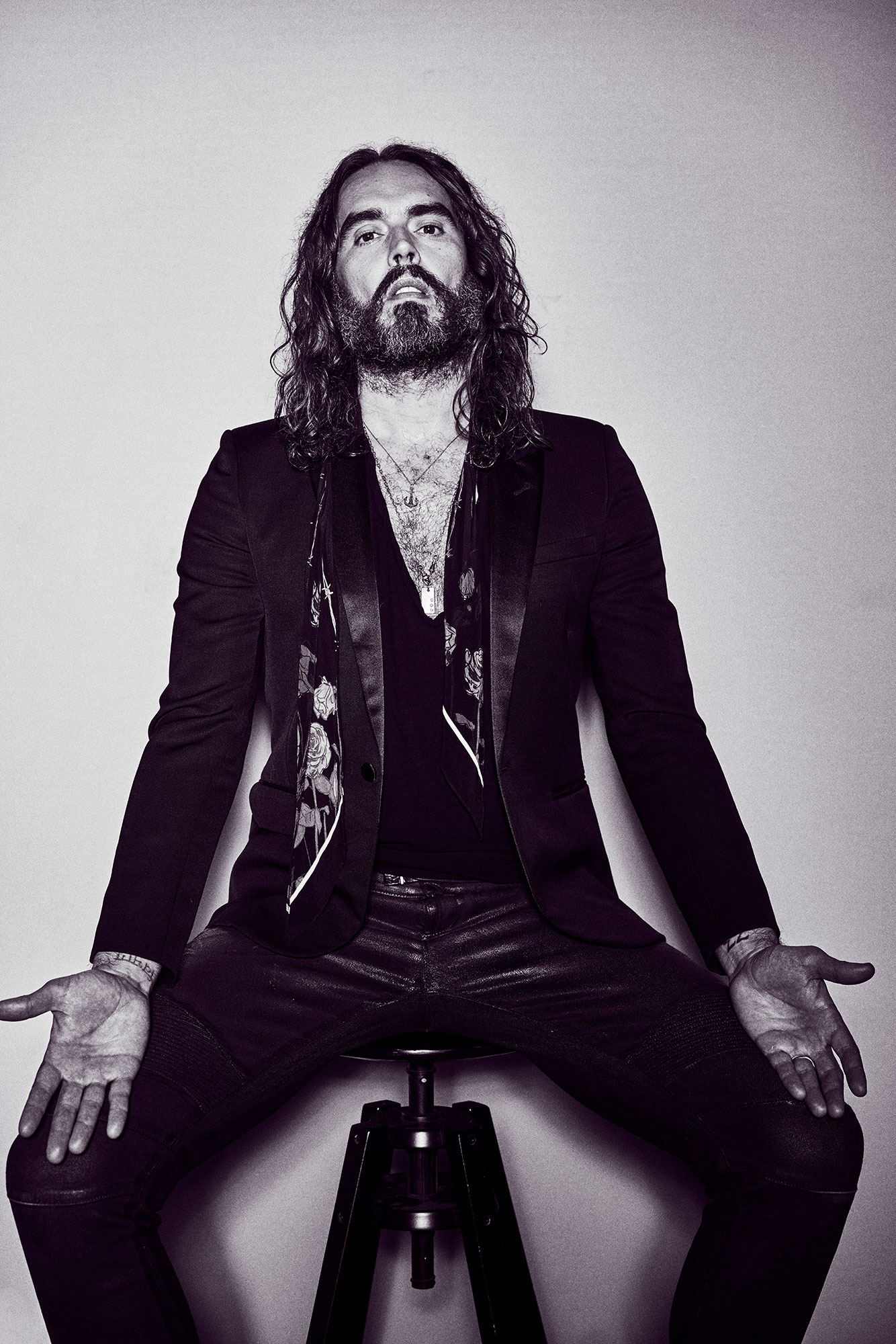
3. When shooting portraits, is it your job to create the expressions and emotions – or do you wait for your subjects to give you these?
I’m not a big fan of altering how people are; I want the image to be a true image. I want the magic to come from behind the scenes, so if we have five minutes and I’ve got an assistant or a couple of assistants setting up, my key time is the 10 minutes I have with my model before we start shooting.
I know the technical side – any working person knows the technical side of their job – so can nail the shoot in five minutes or less if I really need to.
It’s more about how you get people to perform, and for me that’s always the most important aspect of a shoot.
Actors and musicians are the best people to work with: with musicians you know you’re going to get the moodiness; with actors you know they’re always going to play up.
People naturally go to where they want to go; the hardest thing is to have someone who isn’t used to being photographed and who doesn't like being photographed. In those cases, you have to work harder with shapes and so on.
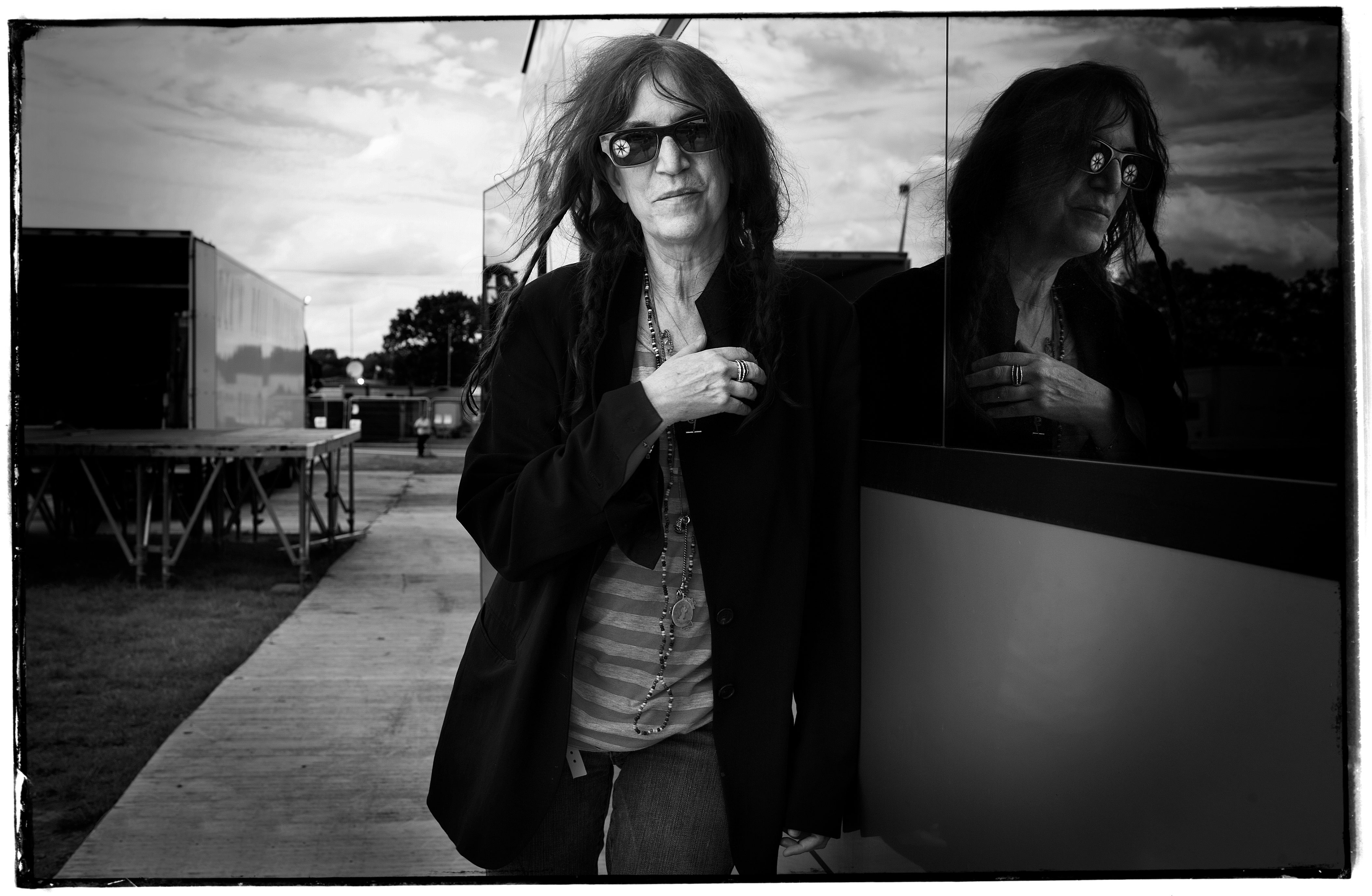
4. Shooting fashion over the years, you must have seen a lot of trends come and go. Is there a particular style that you see coming back time and time again?
The key thing at the moment is sustainability. I’ve worked with Vivienne Westwood for years and she has always been into sustainability.
I was talking to her about this recently and I asked her what she thought about people jumping on the bandwagon of sustainability, because it seemed to me that people are only doing because it’s cool.
And she said that it doesn’t matter what might be driving it – the key thing is that it’s actually happening. So in terms of style, sustainability is one of my main things.
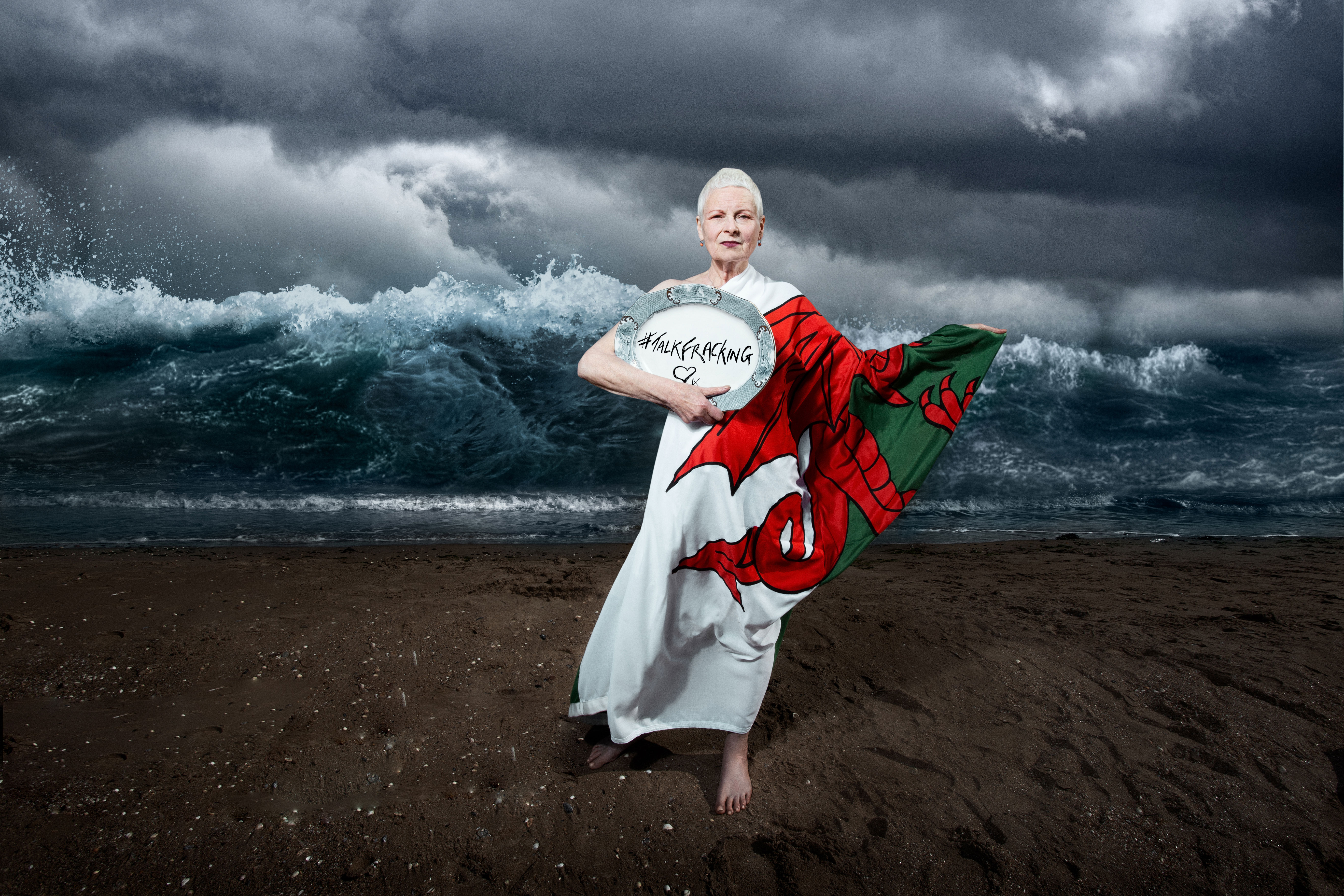
5. You’re a Sony Alpha 7 user. What have been the best aspects of shooting on mirrorless cameras since they arrived on the market?
I love shooting mirrorless, and one question I get asked is why I don’t use medium format in the studio. For me, there’s a payoff.
With medium format I’m getting three frames per second and quite large file sizes which are slow to transfer to the computer. Thanks to social media, there's a different energy these days and you have to be able to keep up with it.
So my main camera is a Sony A7R IV, which has a 61MP sensor and Eye AF but is compact and light. Eye AF has been an absolute godsend – when I’m capturing movement, I know that the right parts of the image are going to be sharp.
The other day I was showing an assistant an image in Capture One. I zoomed in 400% and there was absolutely no break-up; the detail in the eyes was razor sharp and the model was wearing glasses.
If I could only have one lens in my bag, it would be the Sony FE 55mm f/1.8 ZA Sonnar. It’s affordable, it’s a Sony Zeiss and it’s small.
With an A7R IV and this lens, you know you can get a shot in any situation, even if you’re at a wedding or a party – you can carry it off and the images are good enough for any editorial piece. And for me, that is massive.
Read more
TPS 2020: Five quick questions with David Yarrow
9 reasons to visit The Photography Show Virtual Festival
Recapture the magic of film photography with The Photography Show
Get the Digital Camera World Newsletter
The best camera deals, reviews, product advice, and unmissable photography news, direct to your inbox!
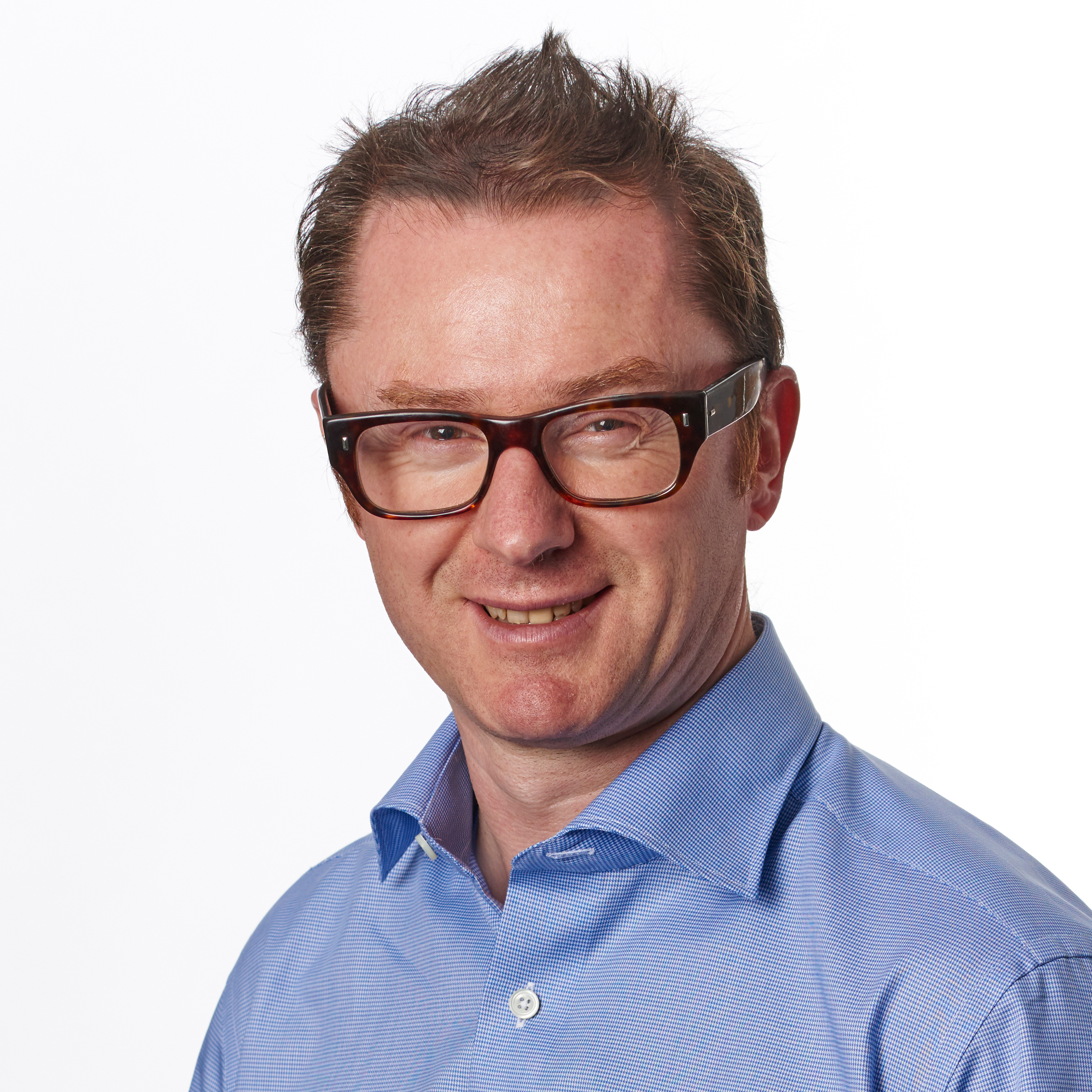
Niall is the editor of Digital Camera Magazine, and has been shooting on interchangeable lens cameras for over 20 years, and on various point-and-shoot models for years before that.
Working alongside professional photographers for many years as a jobbing journalist gave Niall the curiosity to also start working on the other side of the lens. These days his favored shooting subjects include wildlife, travel and street photography, and he also enjoys dabbling with studio still life.
On the site you will see him writing photographer profiles, asking questions for Q&As and interviews, reporting on the latest and most noteworthy photography competitions, and sharing his knowledge on website building.
